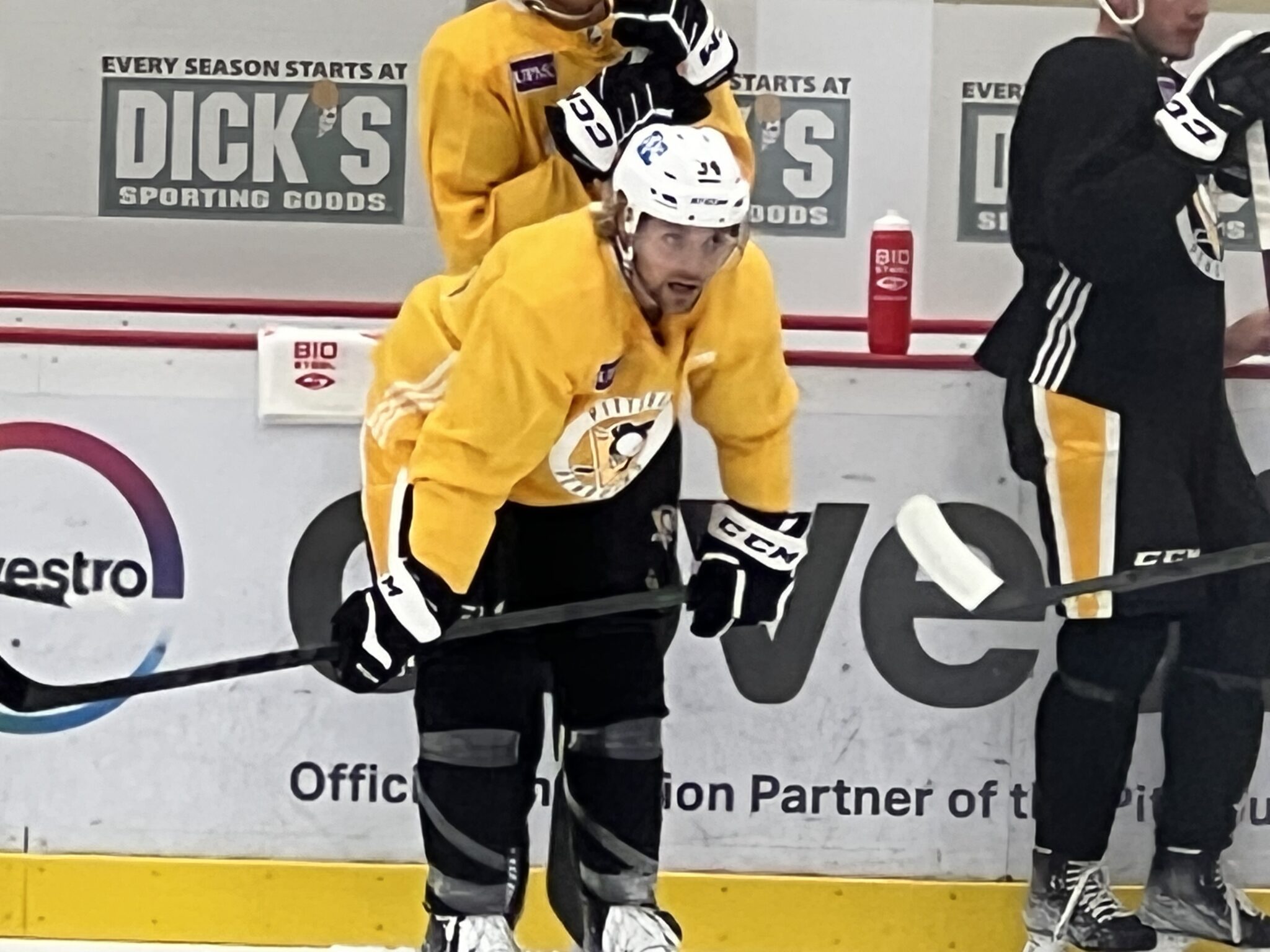Penguins
Penguins Prospects: Legare Shows Identifying, Developing Talent is Tough

Kyle Dubas accepted a two-pronged challenge when he agreed to become president of hockey operations of the Pittsburgh Penguins a couple of months ago.
He has, by most accounts, done an exceptional job with half of the mandate he was given by ownership: To transform a team with an aging core — a group that hasn’t won a playoff series since 2018 and didn’t even qualify for postseason play this spring — into a legitimate Stanley Cup contender.
Whether Dubas actually has accomplished that won’t be known for a while (perhaps not even until the trade deadline next winter), but adding the likes of Erik Karlsson, Reilly Smith, Ryan Graves and an assortment of capable bottom-six forwards has made this team considerably more imposing than it was when former GM Ron Hextall and hockey ops president Brian Burke lost their jobs in mid-April.
That he has upgraded the roster and shed some salary while losing, at most, two key members of the 2022-23 squad — Jason Zucker and, arguably, Brian Dumoulin — makes Dubas’ performance to date all the more impressive.
Now comes the hard part.
The time-consuming, patience-testing, really hard part.
That’s because Dubas also is expected to add breadth and depth to the Pittsburgh Penguins’ prospects pool, which ranks among the NHL’s most shallow.
Simply doing that would be difficult enough. As has been noted multiple times in this space, doing it while simultaneously bolstering the major-league roster is pretty much an impossible ask. (As evidenced by how Dubas had to part with first- and second-round draft choices in the three-team deal that landed Karlsson.)
Retaining early-round selections isn’t easy when a GM has to deal with short-term objectives, and even if he does, identifying teenagers who can be developed into NHL contributors can be like trying to carve steam with a chisel.
Exhibit A: Nathan Legare.
He was a third-round draft choice in 2019, so it’s unlikely that anyone outside of his immediate family was completely convinced that he was a lock to become a regular in the NHL.
But even though 73 players were selected before Legare, then-GM Jim Rutherford’s scouts thought enough of his potential to convince Rutherford to trade into the third round to claim him.
They were aware that Legare’s skating was suspect and that he had defensive shortcomings, but were confident that his outstanding shot, strong work ethic and willingness to play a physical game made the gamble worthwhile.
He was, after all, coming off a 45-goal performance in the season leading up to the draft. That’s a nice number in any league, at any level.
Well, four seasons — the past two of which he spent in Wilkes-Barre — have passed since Legare was drafted, and he still hasn’t taken a shift in the NHL, and hope appeared to be fading that he ever would. He sometimes was a healthy scratch during his first season in Wilkes-Barre, and failed to score a goal in his first 17 games there in 2022-23.
It was, then, far from a deal-breaker when Montreal wanted him included in the Karlsson trade.
For Legare, being traded to his hometown Canadiens could translate to a fresh start, although he already is projected to begin 2023-24 in the American Hockey League.
For the Pittsburgh Penguins, the plateau in his progress — which certainly was not helped by the pandemic — was a reminder that even the most alluring young players often are unable to live up to expectations, that constructing a deep and reliable feeder system of quality prospects can require a lot of time.
And more than a little luck.












